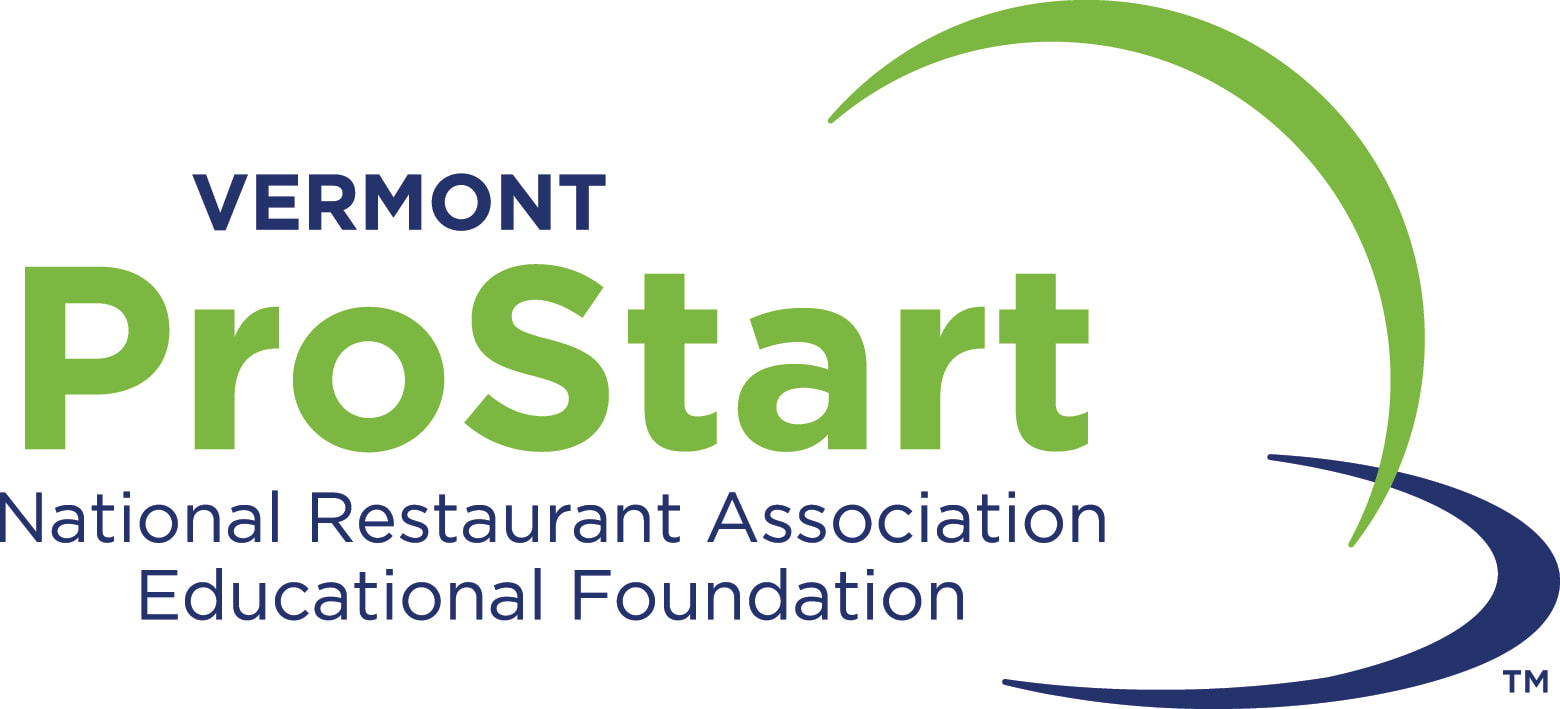
The number games are a great way of learning about numbers and counting. They are also called numbers racket, Italian lotto, and daily number. They are illegal gambling that is mainly used in poor and working-class neighborhoods. Many people enjoy watching their favorite TV shows and movies while playing numbers games. Here are five ways you can teach your kids numbers. These games may also be entertaining for your children, so don't miss out on them!
Fun way to learn more about numbers
A fun way to teach your child math is through games. There are many types of games to play that teach kids about numbers. One game you can play is the numbers twister, which allows your child to use objects as dice. There are many other ways to teach numbers to children, in addition to using dice. You can also introduce shapes recognition and counting concepts with a number line. These are just a few of the fun games you could play with your child.

Make a flashcard that has the number. Students will be able to count the objects and shout the number when they see the flashcard. This game can help improve your child's memorization skills. It is also an excellent way to teach children about the number 1-10. Make sure to include quantity in your lesson plans the next time you play this game. These games will help your child learn to count in a fun and easy way.
Playing the game and counting down
For children who are beginning to learn about counting, it is a good strategy to practice their counting skills while they are playing number games. It may seem simple but it can help children improve their concentration skills and attention span. Children are more likely to pay attention to numbers when counting on, rather than the number itself. It is possible to practice counting with children by focusing only on the distance between two objects or by estimating before and after. This strategy prepares children to learn addition.
An experiment that tested the effectiveness and efficiency of counting on while kids played number board games revealed that children understood numbers more well with linear games than they did with circular ones. The authors studied children's ability to identify numbers and their relationship to spaces, which enhanced their ability to estimate the size of numbers on number lines. Children who were exposed to linear number board games had a greater ability to learn addition concepts and their estimation skills. They also discovered that children who played games that combined counting and numbers were better at estimating the size of numbers.
Interactive number grids
Interactive number grids can be a fun and engaging way to explore patterns or number relationships. To illustrate, children can color in rows or columns according to the number they started with by using a 100 square grid. Practice counting by twos and fives by placing either a 0 (or a 5-) in the ones spot. For example, 47 represents the distance between 37-84 on a numberline.

Interactive Number Square is a wonderful tool for whole class teaching. To allow children to count in tens, press 'Hide All.' They can also press the 'Puzzle' button to find boxes that are missing. To practice negative numbers, children in years two and three can turn the dial backwards. These games can also easily be played at home. An Interactive Number Grid can be used to teach math skills and number sense to young children.
FAQ
What are the differences between early childhood education?
There are many ways that early childhood education can be described. These are the most popular:
-
Preschool - Children ages 2 to 5
-
PreKindergarten: Children 4-6 years old
-
Head Start/Hestart - Children aged 0-3
-
Day Care/ Daycares: Children 0-5
-
Child Care Centers: Children from 0-18
-
Family Child Care for Children Ages 0-12
-
Home schooling - Children aged KG to 16.
What is the difference between private schools and public schools?
All students are eligible to attend public schools for free. They offer education for kindergarten through high school. Private schools charge tuition fees per student. They provide education for students from pre-school through college.
Charter schools can also be found, which are privately owned but are not publicly funded. Charter schools are not bound by traditional curricula. Instead, charter schools give their students more freedom in learning what interests them.
Charter schools are popular with parents who believe their children should receive quality education regardless of their financial status.
What is a vocational school?
Vocational schools offer programs specifically for people who wish to pursue a career in a certain field. They might also provide training in job-related skills and general education.
Vocational education is an essential part of our society as it helps young people acquire the skills necessary to succeed in their lives. It ensures that all students have access to high-quality learning opportunities.
A vocational school gives its students many options. This includes certificates, diplomas/degrees, apprenticeships, certificates as well college transfer programs and other postsecondary credentials. Vocational school students learn both academic subjects and more practical subjects like math, science, English or social studies.
Is it difficult for a teacher to become?
Becoming a teacher requires a major commitment. You will need to devote a significant amount of time to your studies.
While working towards your degree, expect to be working around 40 hours per work week.
Additionally, you need to find a job which suits your schedule. Many students report difficulty finding part-time jobs that work around their school schedules.
Once you land a full-time position, you will likely be responsible for teaching classes during the day. Sometimes, you may need to travel to other schools during the week.
What is the purpose or education of schooling?
Education should help students develop skills necessary for employment. It is not only an academic pursuit, but also a social activity in which children can learn from each other and gain confidence through participating in sports, music, or art. Learning to think creatively and critically is a key part of education. This allows students to be self-reliant, independent, and confident. What does it entail to have high educational standards?
Good educational standards are those which ensure that all pupils achieve their potential. They establish clear goals for teachers to work towards with their students. Good education standards allow schools to be flexible enough for changing needs. Equal opportunity for all children, regardless of background, must be provided.
Statistics
- Data from the Department of Education reveal that, among 2008 college graduates, 92.8 percent of humanities majors have voted at least once since finishing school. (bostonreview.net)
- They are also 25% more likely to graduate from high school and have higher math and reading scores, with fewer behavioral problems,” according to research at the University of Tennessee. (habitatbroward.org)
- “Children of homeowners are 116% more likely to graduate from college than children of renters of the same age, race, and income. (habitatbroward.org)
- Globally, in 2008, around 89% of children aged six to twelve were enrolled in primary education, and this proportion was rising. (en.wikipedia.org)
- And, within ten years of graduation, 44.1 percent of 1993 humanities graduates had written to public officials, compared to 30.1 percent of STEM majors. (bostonreview.net)
External Links
How To
What is vocational education?
Vocational Education is an educational system that prepares students for employment after high school or college by providing them training in specific skills needed for a particular job (such as welding). This includes apprenticeship programs and on-thejob training. Vocational Education is different than general education. It focuses on specific careers and not learning broad knowledge for the future. Vocational education's goal is to help students find employment after they graduate.
Vocational education can be offered at any level of schooling: primary, secondary, college, university, technical institutes and trade schools. There are also many specialty schools like nursing schools and law schools, legal schools, medical schools and dental schools as well as veterinary medicine, veterinary medicine, firefighting, police academies and military academies. Many of these schools provide both academic instruction as well as practical experience.
Over recent decades, there have been significant investments made in vocational education by many countries, including Australia, Denmark (Finland), Germany, Ireland and Japan. The effectiveness of vocational education is still controversial. Some critics claim it is not effective in improving students' employability. Others argue that it helps them prepare for life after school.
The U.S. Bureau of Labor Statistics estimates that 47% of American adults possess a postsecondary certificate, or degree related to current occupation. This percentage is higher among those with higher education. 71% percent of the 25-29 year olds with a bachelor's degree are currently working in fields that require postsecondary credentials.
The BLS reported that almost half the adult population of the country had at least one form of postsecondary credential as of 2012. About a third of Americans were able to obtain a twoyear associate degree. Another 10% had a fouryear bachelor's. One out of five Americans held a master's degree or doctorate.
The median annual wage of a bachelor's degree holder was $50,900 in 2013, compared with $23,800 for someone without one. The median salary for people with advanced degrees was $81,300.
For those who did not complete high school, the median wage was only $15,200. A person with a lower high school diploma earned $13,000 annually.